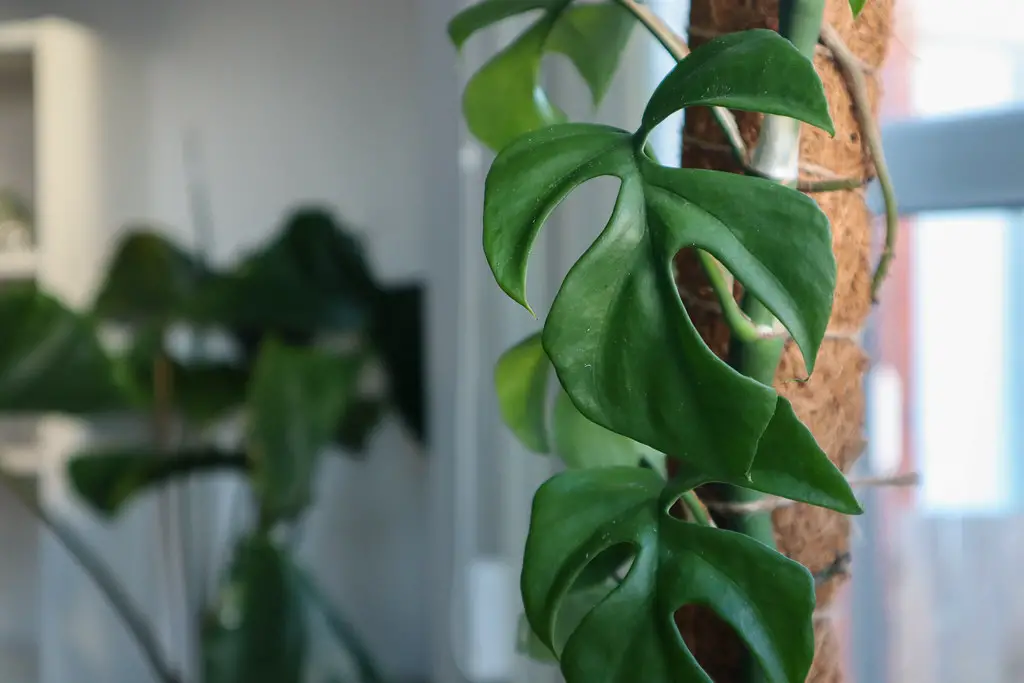The Mini Monstera, a captivating houseplant with a unique and elegant appearance, is not actually a Monstera at all. This nickname can cause some confusion as it is more closely related to the Philodendron family. Its real name is Rhaphidophora tetrasperma, and it’s native to parts of Thailand and Malaysia.
Famous for its split leaves, which resemble those of its namesake the Monstera deliciosa, the Mini Monstera is a climbing plant that adds a touch of the tropics to any indoor space. While it is much smaller in stature than the true Monstera, it’s no less captivating.
What makes the Mini Monstera an appealing choice for many indoor gardeners is its ease of care, moderate growth rate, and its ability to thrive in a variety of light conditions. Here’s an in-depth look at this remarkable plant and a guide to ensuring it thrives.
| Attribute | Details |
|---|---|
| Common Names | Mini Monstera, Ginny Philodendron, Piccolo |
| Botanical Name | Rhaphidophora tetrasperma |
| Family | Araceae |
| Plant Type | Climbing plant |
| Mature Size | Up to 12 feet in height |
| Sun Exposure | Bright indirect light |
| Soil Type | Well-drained soil |
| Hardiness Zones | 10-12 |
| Native Area | Thailand, Malaysia |
Mini Monstera Care
Mini Monstera is appreciated for its undemanding nature. Adapting well to indoor environments, it thrives in bright, indirect light and can even tolerate some shade. Regular watering and occasional pruning help keep this plant healthy and looking its best.
Planting Mini Monstera in a well-draining soil mix and a location away from direct sunlight sets the stage for success. A humid environment is beneficial but not essential, making it suitable for various indoor settings.
Light Requirement for Mini Monstera
Bright indirect light is ideal for Mini Monstera, although it can adapt to lower light conditions. Too much direct sunlight can scorch the leaves, while too little light may lead to reduced growth and fewer split leaves.
Soil Requirements for Mini Monstera
A well-draining soil mix that retains some moisture is perfect for this plant. A combination of potting soil, perlite, and orchid bark can provide the right balance of drainage and water retention.
Water Requirements for Mini Monstera
Mini Monstera prefers evenly moist soil but does not like to be waterlogged. Allow the top inch of soil to dry out between waterings, and reduce watering in the winter when growth slows down.
Temperature and Humidity
This tropical plant enjoys a warm and humid environment. Temperatures between 60-80°F (15-27°C) are ideal, and it appreciates increased humidity. However, it is somewhat tolerant of drier indoor air.
Fertilizer
Feeding Mini Monstera with a balanced liquid fertilizer every 4-6 weeks during the growing season supports healthy growth. Avoid over-fertilizing, as this can lead to salt buildup in the soil.
Pruning Mini Monstera
Occasional pruning helps maintain the desired shape and size. Remove any yellow or damaged leaves, and trim back vines as needed to keep the plant looking its best.
Propagating Mini Monstera
Mini Monstera can be propagated through stem cuttings. Take a cutting just below a leaf node and root it in water or soil. Patience is key as rooting may take several weeks.
How To Grow Mini Monstera From Seed
Growing Mini Monstera from seed is a slower process and often more challenging. Seeds should be sown in a well-draining mix and kept warm and moist until germination.
Common Pests & Plant Diseases
Spider Mites
Monitor and treat with insecticidal soap if necessary.
Root Rot
Caused by overwatering; ensure proper watering practices.
Common Problems With Mini Monstera
Yellow Leaves
Often a sign of overwatering or poor drainage.
Lack of Leaf Splitting
Insufficient light may hinder the development of split leaves.
Pro Tips
- Use a support or trellis to encourage vertical growth and provide a natural climbing structure.
- Mist the leaves or use a humidifier to create a more humid environment, especially during dry winter months.
- Rotate the plant occasionally to ensure even growth on all sides.
- Be patient with younger plants; they may take time to develop the characteristic split leaves.
- Repot every 2-3 years or when the plant becomes root-bound.




